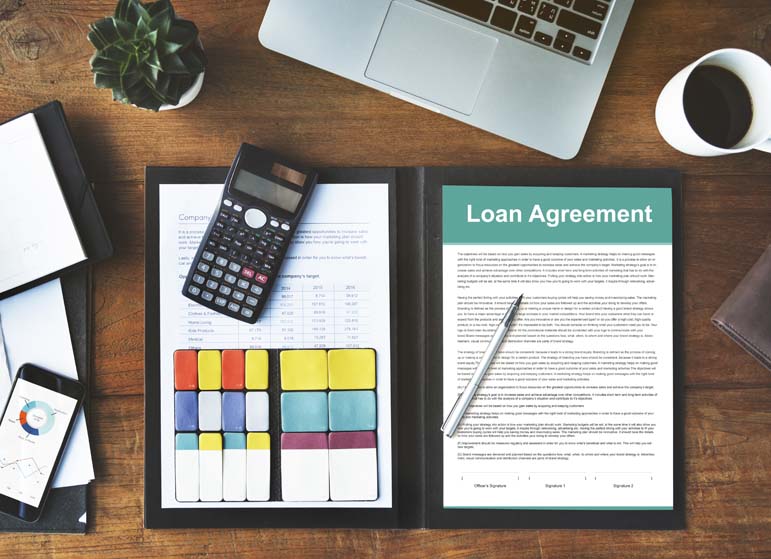
What is the Best Mortgage for you?
There are two components to your mortgage payment—principal and interest. Principal refers to the loan balance you take out. Interest is an additional amount (calculated as a percentage of the principal) that lenders charge you for borrowing money that you can repay over time. During your mortgage term, you pay in monthly installments based on an amortization schedule set by your lender. This can be any term from 7 to 30 years. There are also fixed interest rates and variable interest rates.
Conventional Mortgages
A conventional loan is a loan that is not backed by the federal government. Borrowers with good credit, stable employment and income histories, and the ability to make a 3% down payment can usually qualify for a conventional loan backed by Fannie Mae and Freddie Mac, two government-sponsored enterprises that buy and sell most conventional mortgages in the United States.
To avoid needing Private Mortgage Insurance (PMI), borrowers generally need to make a 20% down payment.
Government-Insured Federal Housing Administration (FHA) Loans
Low-to-moderate-income buyers purchasing a house for the first time typically turn to loans insured by the Federal Housing Administration (FHA) when they can’t qualify for a conventional loan. Borrowers can put down as little as 3.5% of the home’s purchase price.6
FHA loans have more-relaxed credit-score requirements than conventional loans. However, the FHA doesn’t directly lend money; it guarantees loans by FHA-approved lenders. There is one drawback to FHA loans. All borrowers pay an upfront and annual mortgage insurance premium (MIP)—a type of mortgage insurance that protects the lender from borrower default—for the loan’s lifetime.
U.S. Department of Veteran Affairs (VA)
Guarantees home buyer loans for qualified military service members, veterans, and their spouses. Borrowers can finance 100% of the loan amount with no required down payment. Other benefits include fewer closing costs (which may be paid by the seller), better interest rates, and no need for PMI or MIP.9
VA Loans do require a funding fee, a percentage of the loan amount that helps offset the cost to taxpayers. The funding fee varies depending on your military service category and loan amount. The following service members do not have to pay the funding fee:
- Veterans receiving VA benefits for a service-related disability.
- Veterans who would be entitled to VA compensation for a service-related disability if they didn’t receive retirement or active duty pay
- Surviving spouses of veterans who died in service or from a service-related disability.
- A service member with a proposed or memorandum rating stating eligibility for compensation due to a pre-discharge claim.
VA loans are best for eligible active military personnel or veterans and their spouses who want highly competitive terms and a mortgage product tailored to their financial needs.
Government-Insured U.S. Department of Agriculture (USDA) Loans
The U.S. Department of Agriculture (USDA) guarantees loans to help make homeownership possible for low-income buyers in rural areas nationwide. These loans require little to no money down for qualified borrowers, as long as properties meet the USDA’s eligibility rules.11
USDA loans are best for homebuyers in eligible rural areas with lower household incomes, little money saved for a down payment, and can’t otherwise qualify for a conventional loan product.









